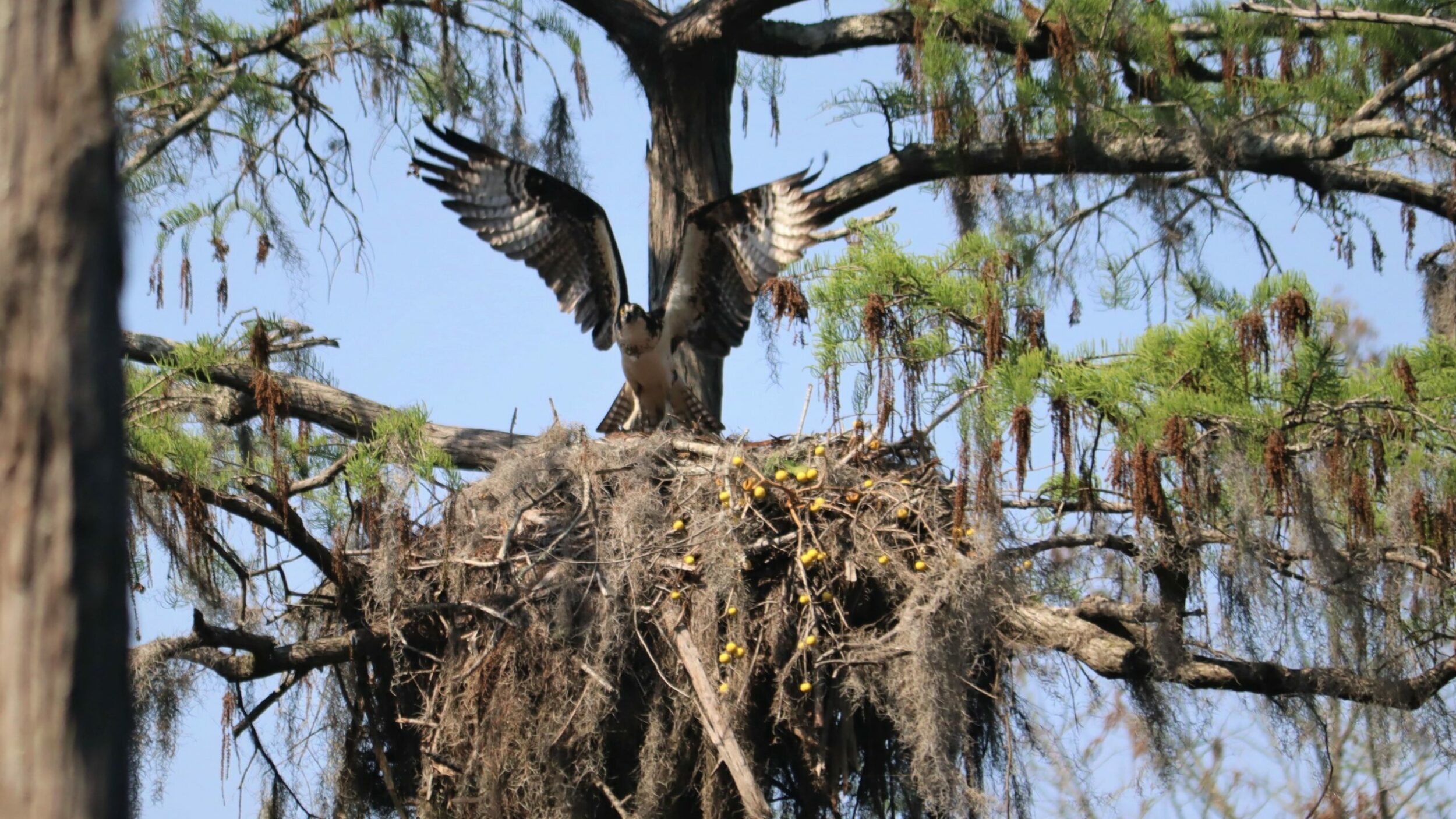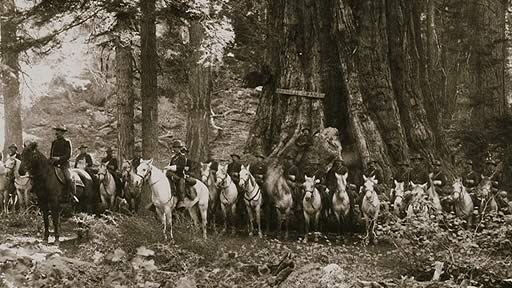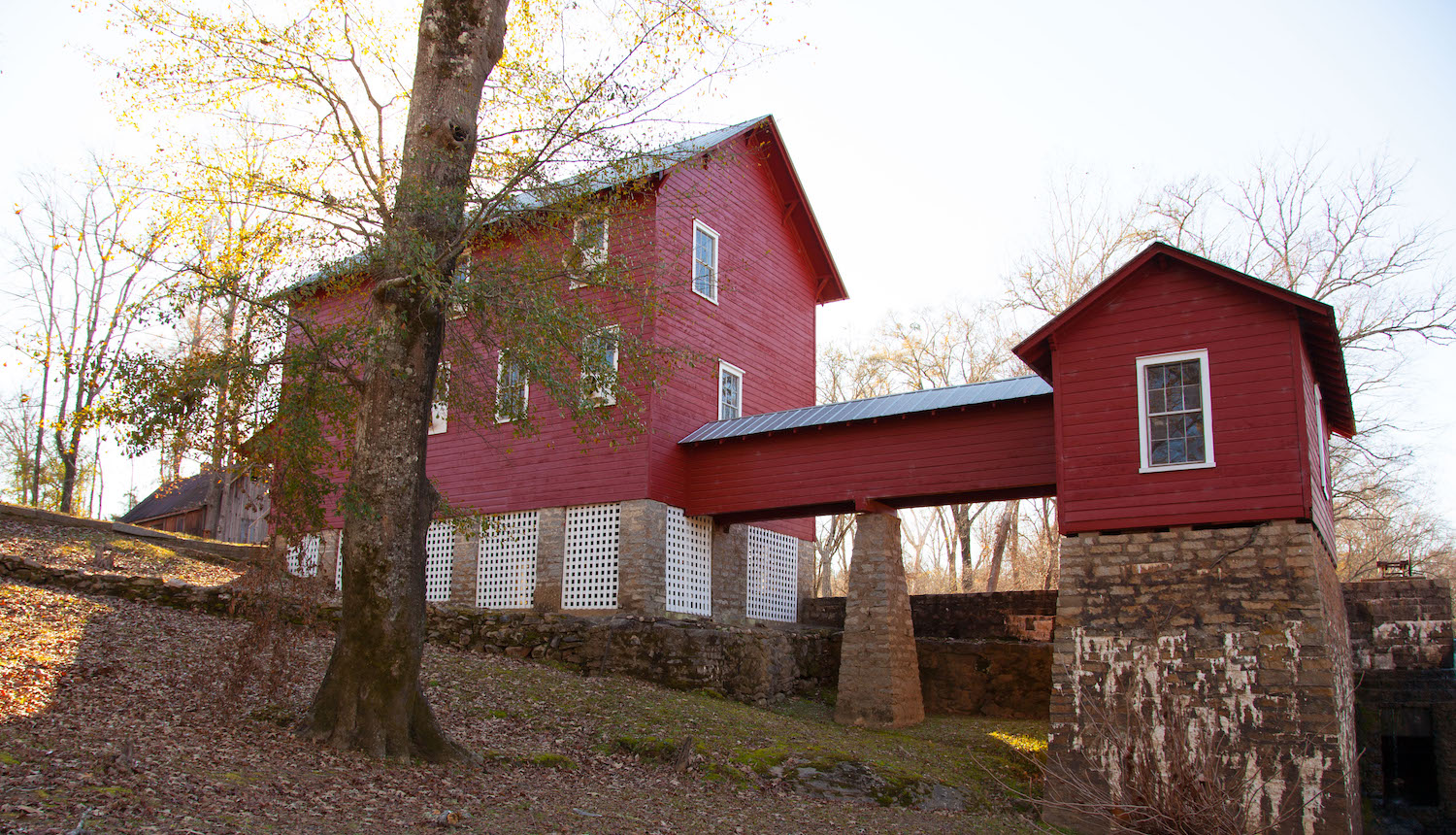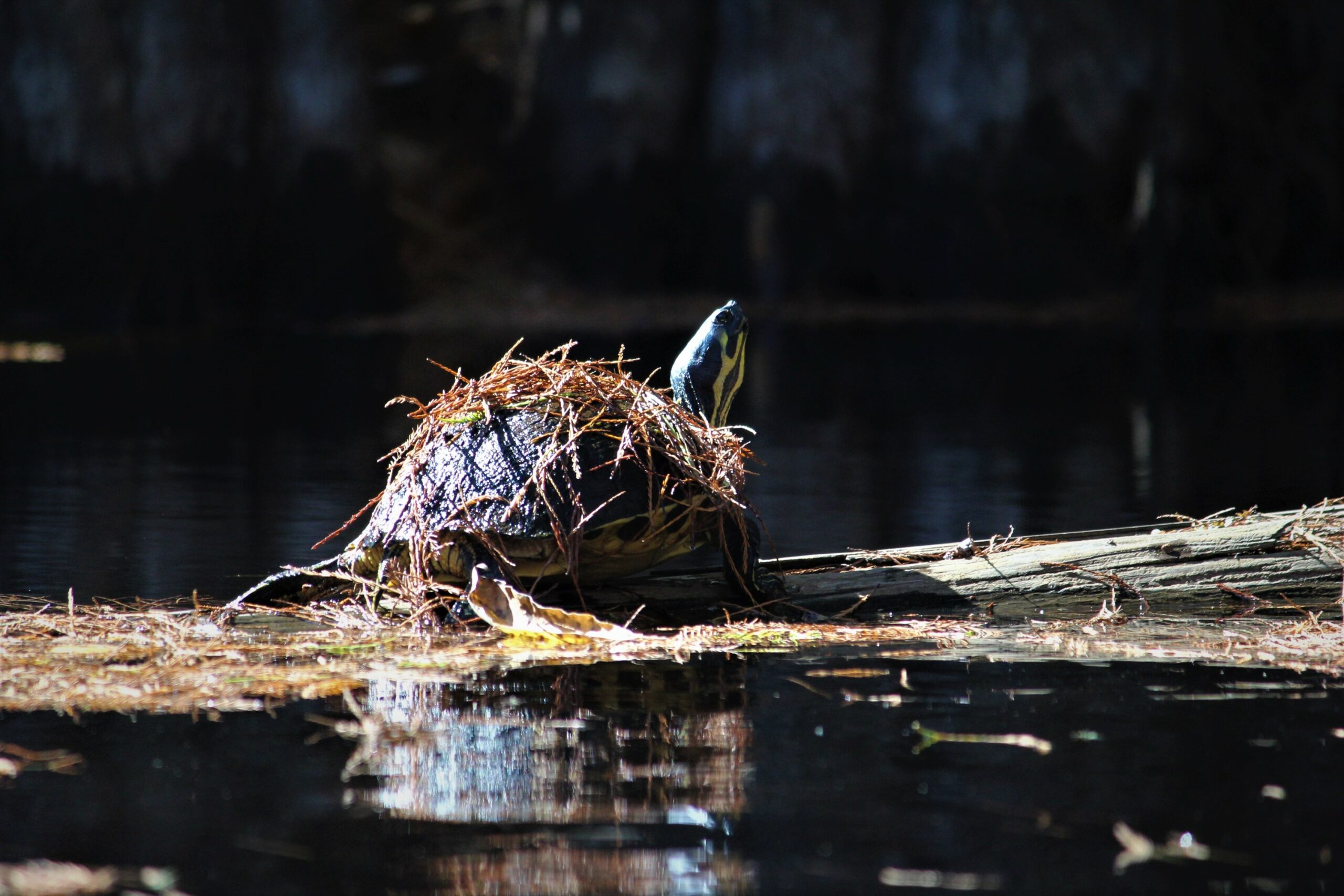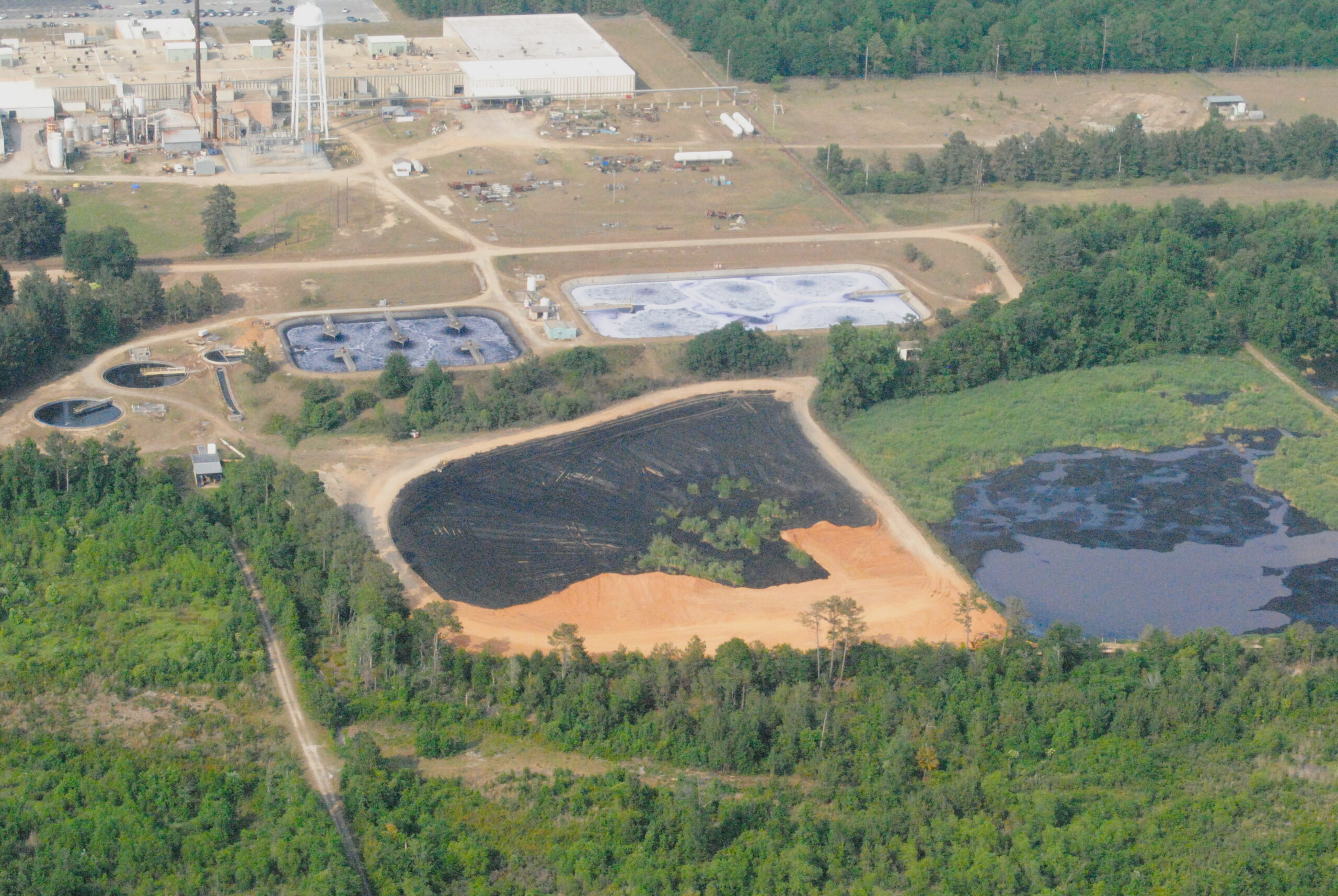Charles Young (1864 – 1922)

Born to enslaved parents, became just the third African-American commissioned officer of West Point when he graduated in 1889. As a Second Lieutenant, he was sent to posts in Nebraska and Utah before retaining a position at Wilberforce University in 1894. There he taught military science and he launched the university marching band. He was also professor to W.E.B. Dubois and the two remained lifelong friends.
During the Spanish American War, now Major Young was given command of an Ohio regiment of Buffalo Soldiers. In 1903, with the rank of Captain, Charles Young was given orders to take his troops to the newly designated Sequoia National Park.
“Indeed, a journey through this park and the Sierra Forest Reserve to the Mount Whitney country will convince even the least thoughtful man of the needfulness of preserving these mountains just as they are, with their clothing of trees, shrubs, rocks, and vines, and of their importance to the valleys below as reservoirs for storage of water for agricultural and domestic purposes. In this, lies the necessity of forest preservation.”
-Captain Charles Young in Report of the Acting Superintendent of Sequoia and General Grant National Parks, California, October 15, 1903
They were tasked with creating safe roads and trails throughout the park. This Young’s troops did, along with the help of civilian workforce, and they were far more successfully than previous teams had. By the end of the summer, tourists could visit the sequoia groves and see the famous Moro Rock.
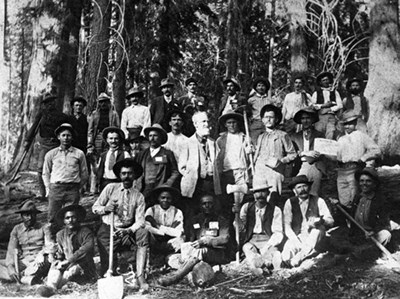
For his successful efforts, Young was named Acting Superintendent of Sequoia National Park, the first African-American to retain the title. His final report to the Secretary of the Interior included a plea to the government to purchase surrounding private lands. He had even laid the groundwork by convincing neighboring landowners to sell their property into the protection of the national park system.
Young would shortly be sent to posts in the Caribbean and Africa, earning high praises from President Theodore Roosevelt and the U.S. State Department. After his untimely death in 1922, Colonel Charles Young was buried with full honors and a funeral service at Arlington National Cemetery.
Even throughout a storied and wide-ranging military career, Young was inspired to protect nature for future generations and paved the way for environmental tourism.
This is the first in a series of posts about Black environmentalists. Read the stories of the Gullah-Geechee Heritage Corridor, Isaiah Scott, and Dr. Sue Ebanks.
